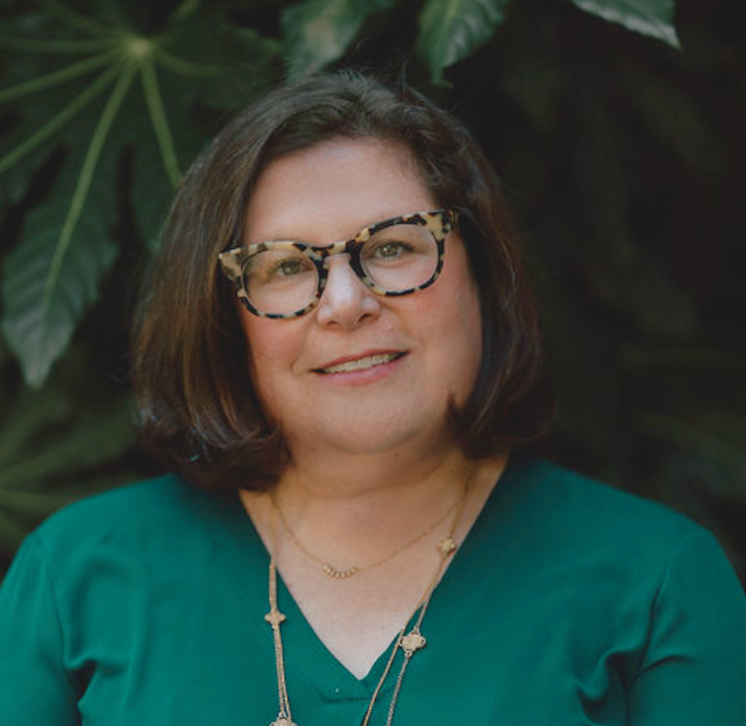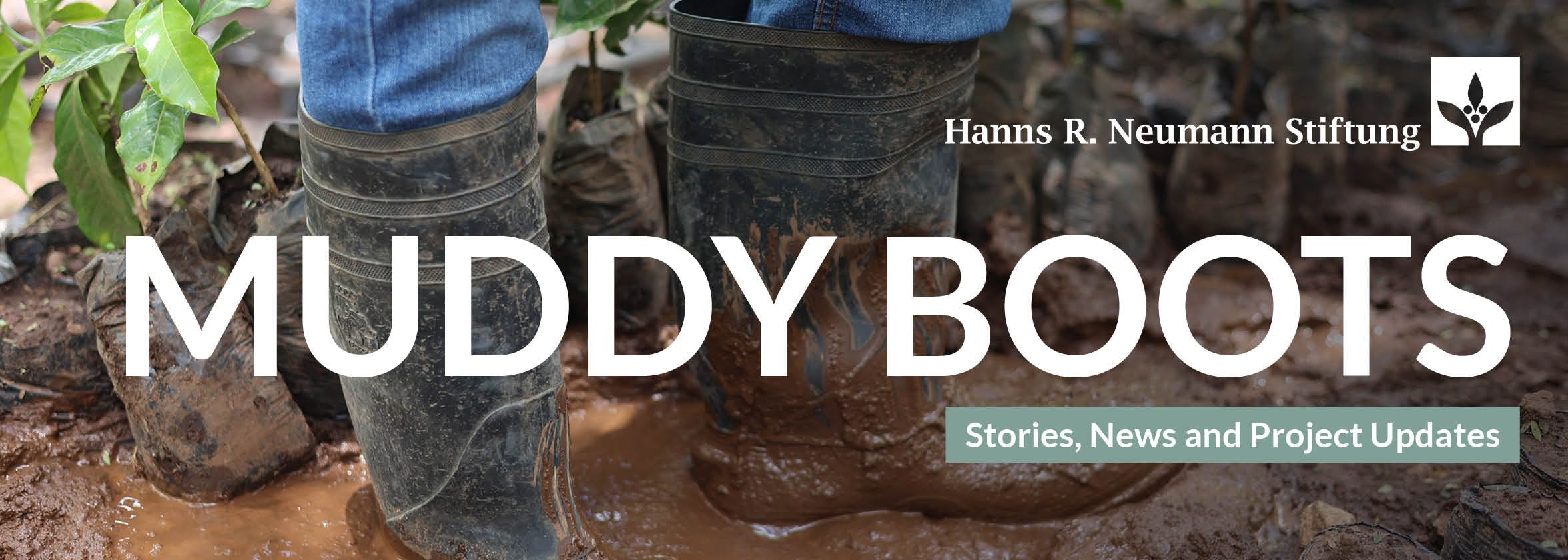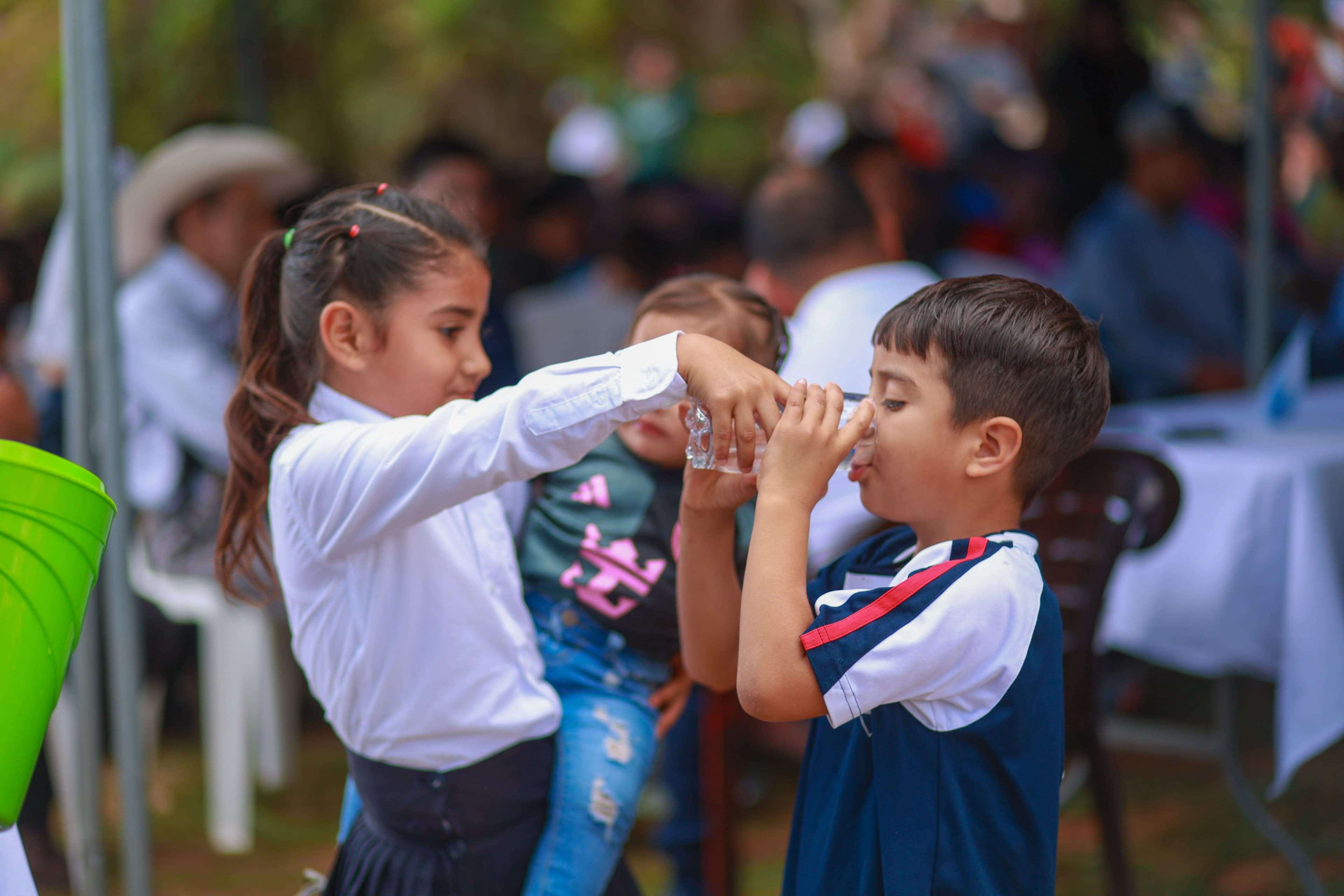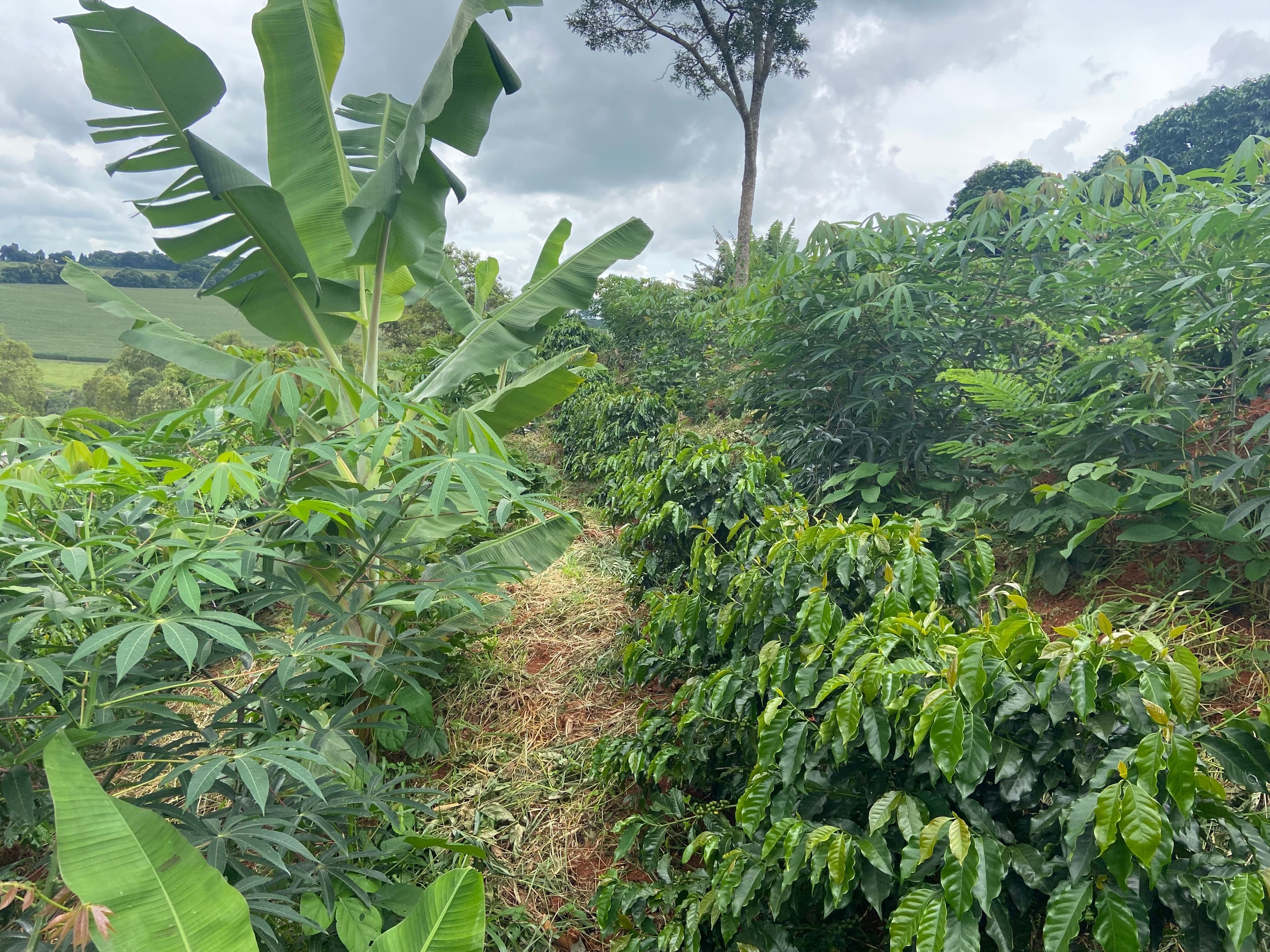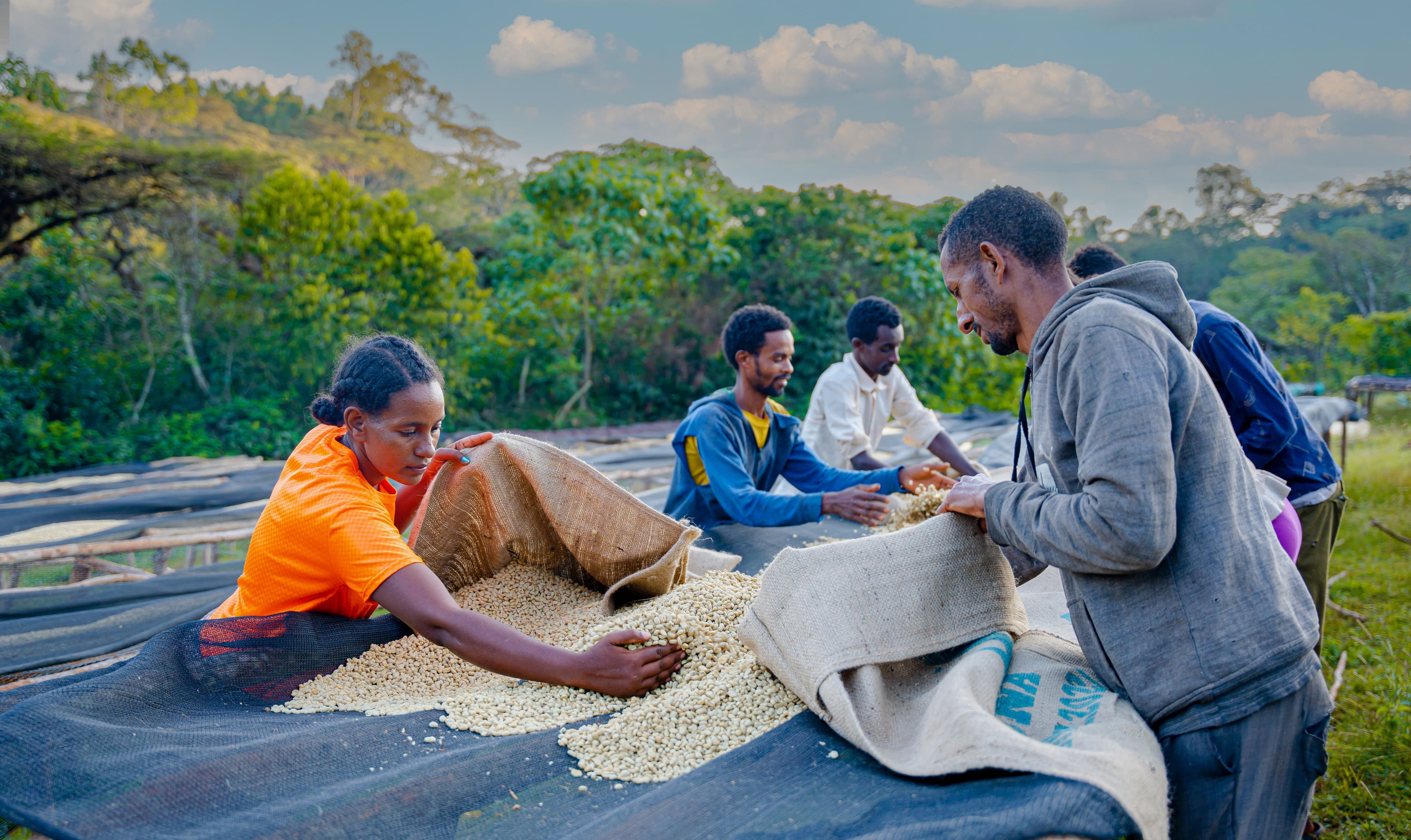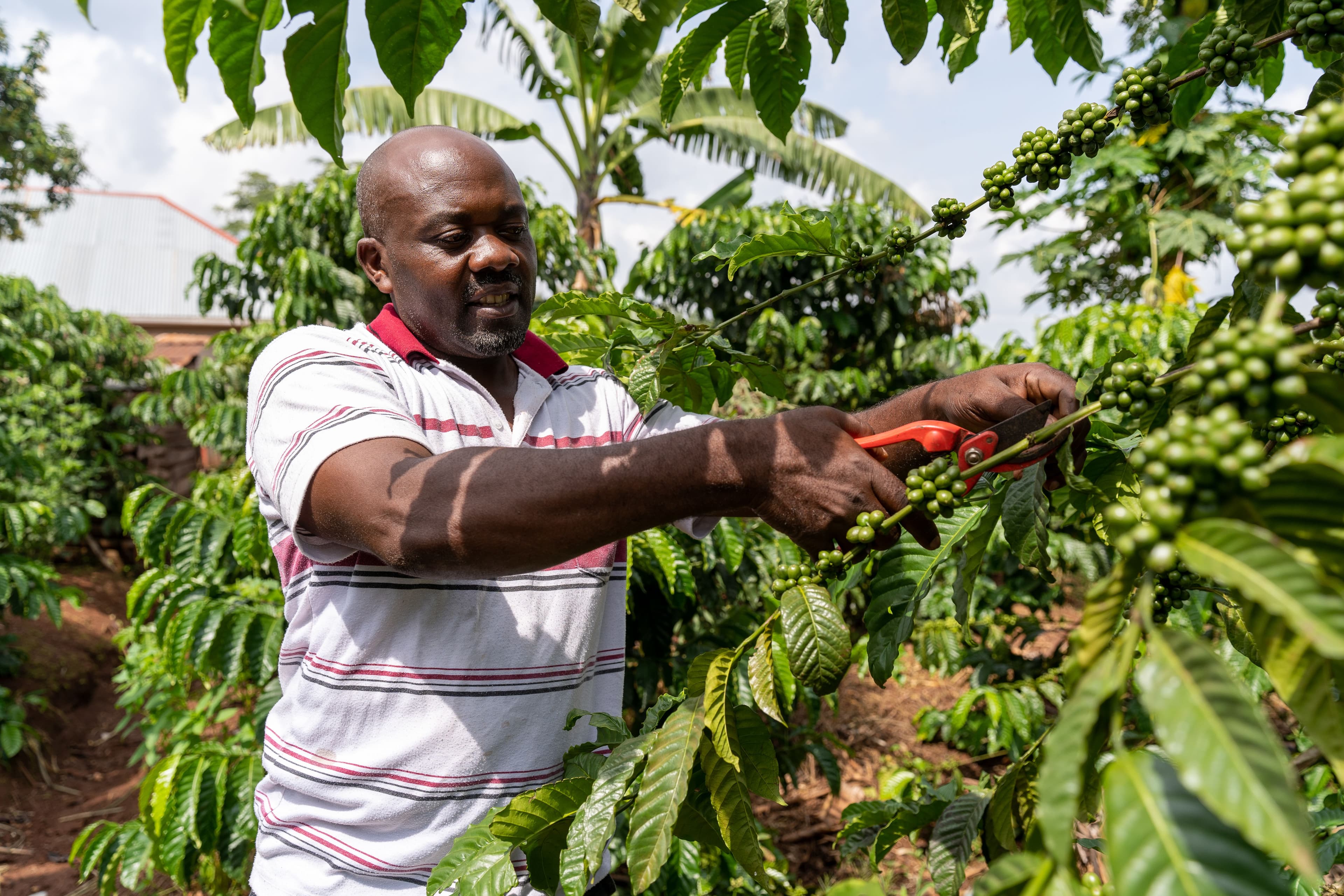The Power of Localization
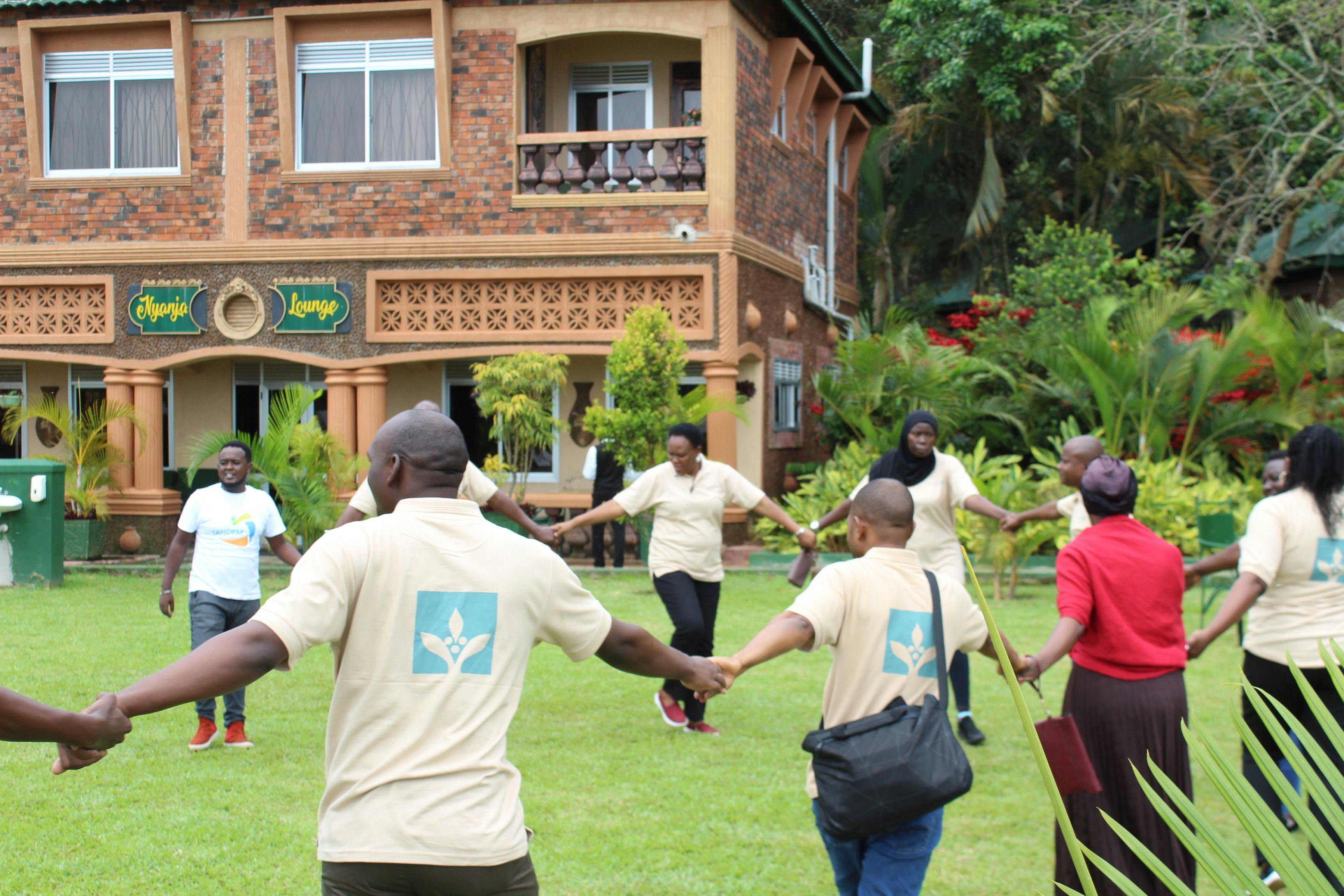
In recent years, a much needed push towards localization occurred in development cooperation. To increase inclusivity and to use resources more efficiently, it is important to work with and within local structures. Local people must be included in planning and implementing the efforts to provide most effective cooperation with them, their region and their country.
Locally led development is found to be more effective for three main reasons:
- it allows people to embrace ownership for their own development,
- it identifies and subsequently meets the specific developmental needs and
- it builds trust between local and international actors.
Moreover, locally led development increases efficiency and sustainability of development cooperation and subsequent developmental successes.
Localization does not start at the field level
Localization does not start at the field level. It starts with the willingness of organizations to embrace and utilize participatory approaches right from the start and in the organization’s structures. Michael Opitz, Managing Director of Hanns R. Neumann Stiftung, describes the significance of localization within a project scheme concisely: Although an important goal, to him the strategy of localization is a form of collaboration rather than project content proper. However, localization comprises programmatic elements with a participatory approach being the most important. "Ultimately, the goal of a project is not to achieve localization, but to improve the living situation, for example” Opitz explains. “Localization means to engage with the local population in order to see together what solutions are available and how these solutions can be worked on in partnership."
The second point Opitz stressed was the importance of shifting ownership to the communities, in order to meet their needs more thoroughly, and to involve the local actors in the development of solutions. “But how this crystallizes within the approach, the program, each organization together with local communities will certainly have to find out on their own”, he cautions.
“Localization Means to Involve the Local Population”
Localization should, wherever possible, involve local actors like field officers who stay in the farmers’ communities. This proved to be a particularly efficient practice, and this approach is used by HRNS in practically all projects. Compared to extension officers residing in the project’s headquarters and undertaking field trips, professionals working and living locally are found to be cost saving too. What is more: Local field staff usually continues to live in the area and continues to share their knowledge and expertise with their communities.
If the need and the opportunity is there, local staff can be trained locally too. A good example is a HRNS partner organization called Whave Solutions that is rehabilitating water points in Uganda. This includes getting the local population to take up the responsibility so that the point can be used in the long term including paying fees to get clean and safe drinking water. And it includes forming a management team to make sure that these water points can be used efficiently, and that they are maintained when needed.
Part and parcel of these management teams are water mechanics responsible for the maintenance. Becoming a water mechanic implies to acquire technical skills which results in a job profile that Whave Solutions is helping to train. This practice proved to be one possibility to support young people in achieving a viable economic future by gaining business skills and finding meaningful employment in an evolving and progressing agricultural sector. It implies youth developing business plans and visions for their lives. Young people may seize this or other business opportunities and open small enterprises.
Joanne Sonenshine, Founder and CEO of Connective Impact complements that local structures are often found to be already in place. “You have to be sensitive to those”, she emphasises. “In some cases it is very clear who the spokespeople are for each community. It might be a chief, it might be a local leader or the boss of a local company, it might be the cooperative leader,” Sonenshine lists some possibilities.
Finding out how these communities decision making protocols are set up might be more challenging. However, it is only after this crucial step that it becomes possible to meaningfully engage with local people in order to understand what a potential partnership might look like. “This includes sharing information on what you are looking for and working on and considering on how that community might be interested on working with you on your program. It’s a relationship of give and take,” Sonenshine concludes.
“Organizational Development Is a Very, Very Important Element”
Therefore, Opitz weighs in “organizational development is a very, very important element. Wherever HRNS is active, we look for existing organizations that are trusted by their members or, in their absence, create structures that can be used to communicate the contents of advisory services and where dialogue can take place.” This may be, for example, farmer-field schools during the first project phase. As an essential element of localization Opitz identifies the objective that the target groups establish their own rules, working them out together on their own. “This way they can bring in their expectations and their values too," Opitz closes the argument.
While farmer field schools are about farm operations, coffee production includes processing and marketing. Issues like economy of scales, storability or quality giving processes that cannot be solved on the farm level come into view. "For that you need another level of aggregation, and that might be cooperatives or associations,” Opitz clarifies.
And on this level the same organizational development processes are repeated. Together the farmers need to work out what the cooperative should do, what is important to them, which values should be taken into account in the new structure and what transparency should look like. If this developmental stage is completed successfully it results in structures which are able to continue working on a national or even international playing field.
Because transparency is pivotal to them due to bad experiences in the past, coffee cooperatives in Uganda established by HRNS even set up their own internal audit teams and on their own initiative too. These teams had the task of carrying out internal audits in addition to external audits. This practice enhances trust within the cooperative and between it and its partners.
In this context a remark from Joanne Sonenshine attains its full meaning: “The localization that I talk about is with regards to funding and resources,” she demands. If localizations succeed, it becomes possible for big funders to start to fund community based organizations directly because those communities know exactly what their own needs, concepts and values are. “They don’t have to translate that to an intermediate. They can speak directly to a funder or to the authorities.”
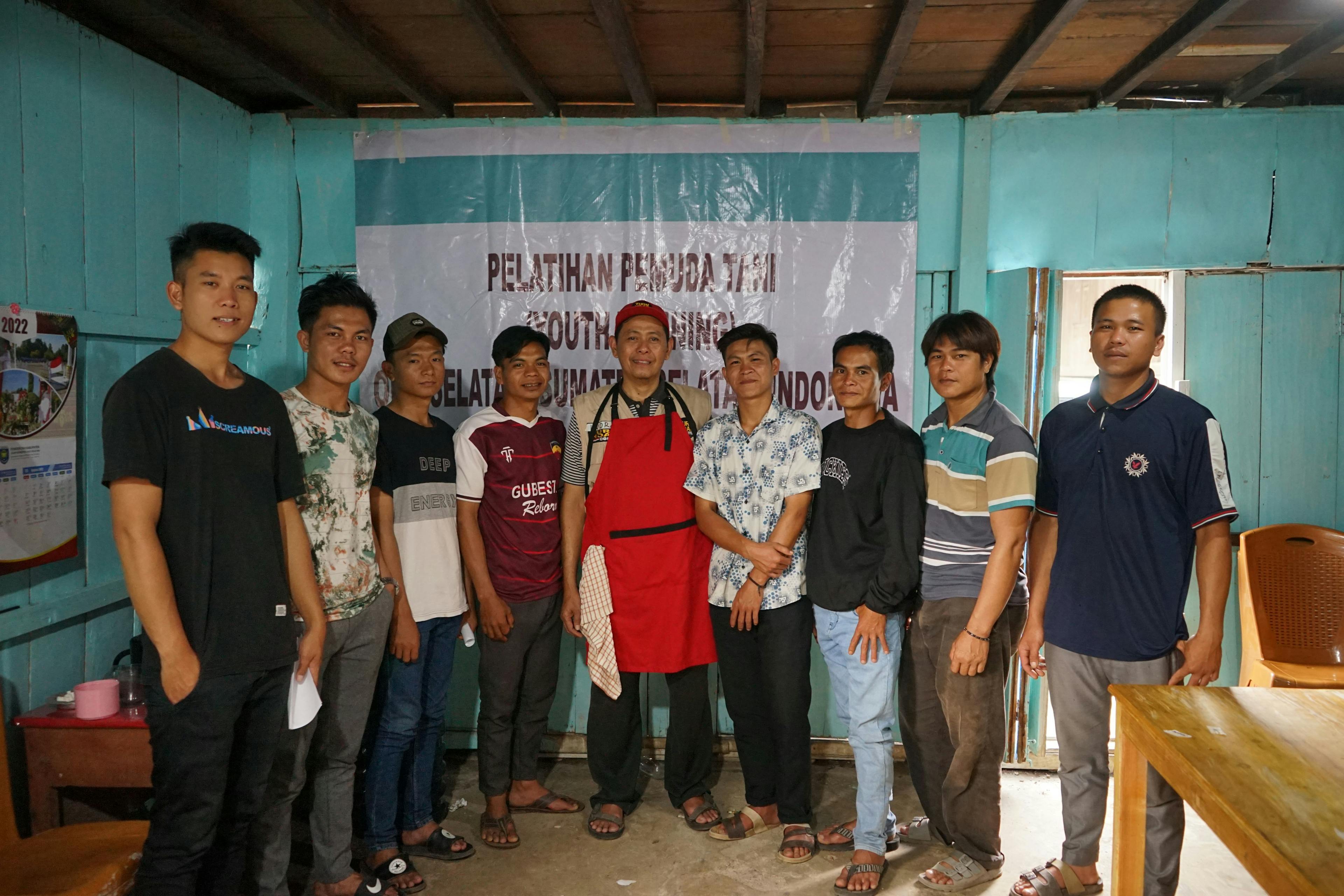
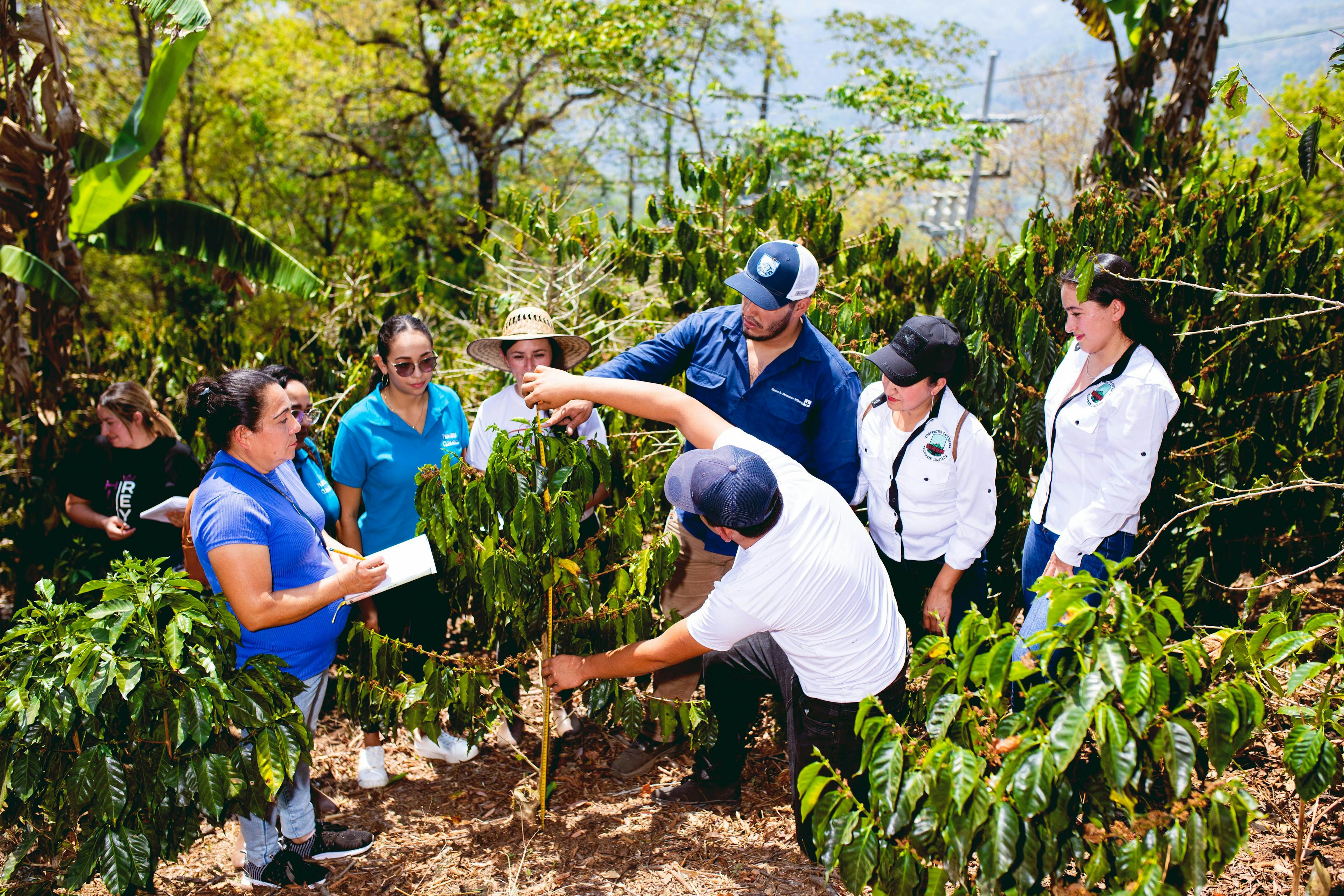
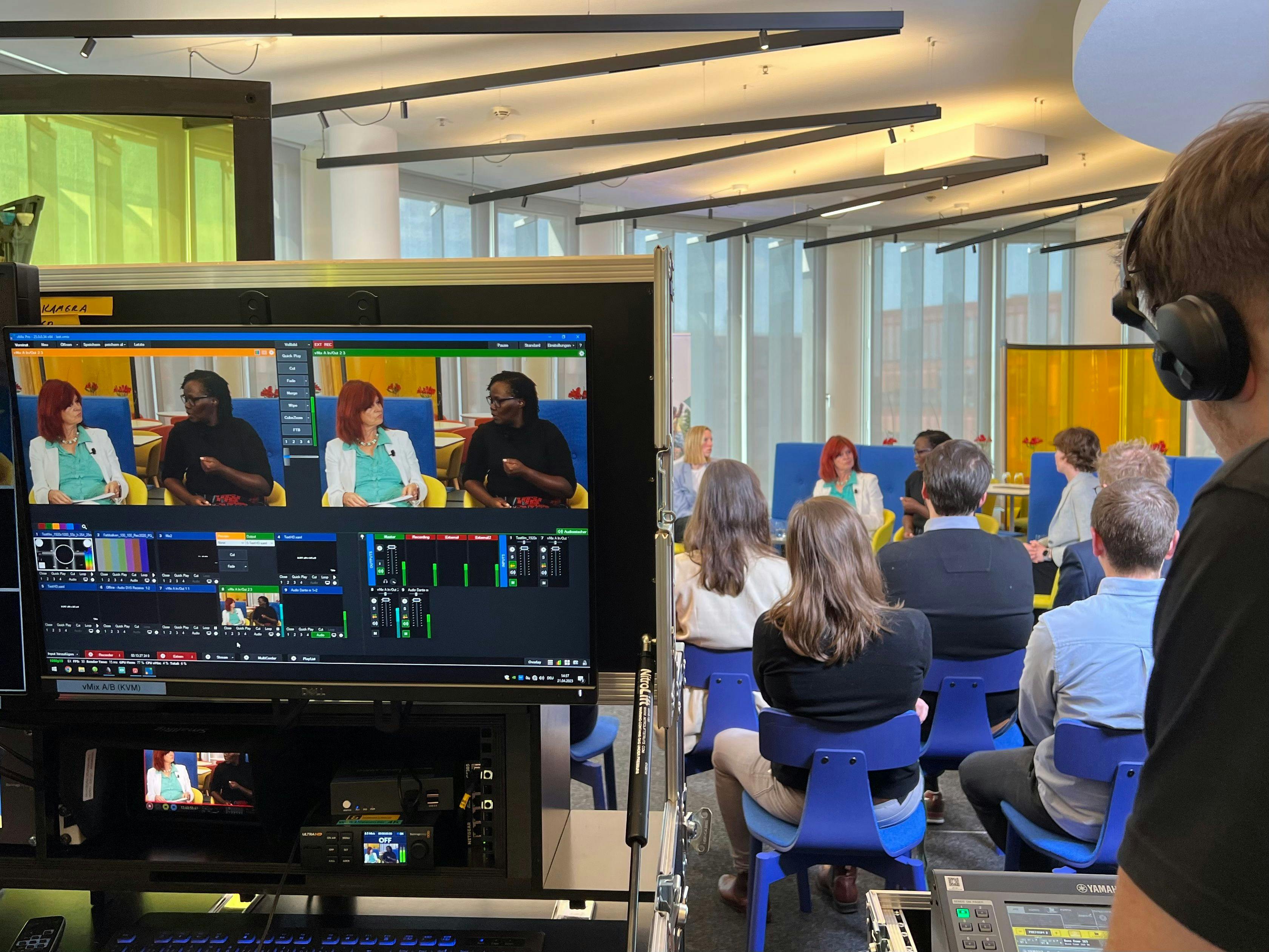
Successful Localization in the Political Sphere
Monica Basemera, Head of Coordination Unit of TeamUp Uganda, provides a compelling example: TeamUp had connected the local youth with the local government and the districts as well as with private partners like local banks. “Therefore officials and other partners from outside take better notice of the project’s needs: We don’t squander their time with too many meetings,” Basemera states. And acting together adds significance to all relevant concerns. One young woman, Fatuma, started to interact directly with the district administration and later even engaged at the national level. “She became a true leader because she could live up to her special commitment,” Basemera emphasises. “And those are the kind of leaders that we want in this community.” Today Fatuma serves a role model and other young people are trying to emulate her work.
Basemeras example neatly matches the theoretical concept of successful localization in the political sphere: In order to impact policy systems it is not key to pursue a particular political aim. It is much more important to strengthen the leadership capacity of public, private, and civil society actors and to foster their collective action. This, of course, should not be a one way street. Public administration is looked-for to approach NGOs with project suggestions too.
To achieve this goal three steps are crucial:
- Engage with stakeholders and include marginalized voices into the policy process.
- Facilitate support for collective action and foster good practices in collaborative governance.
- Build capacity to equip individuals and institutions with the skills to effect policy change.

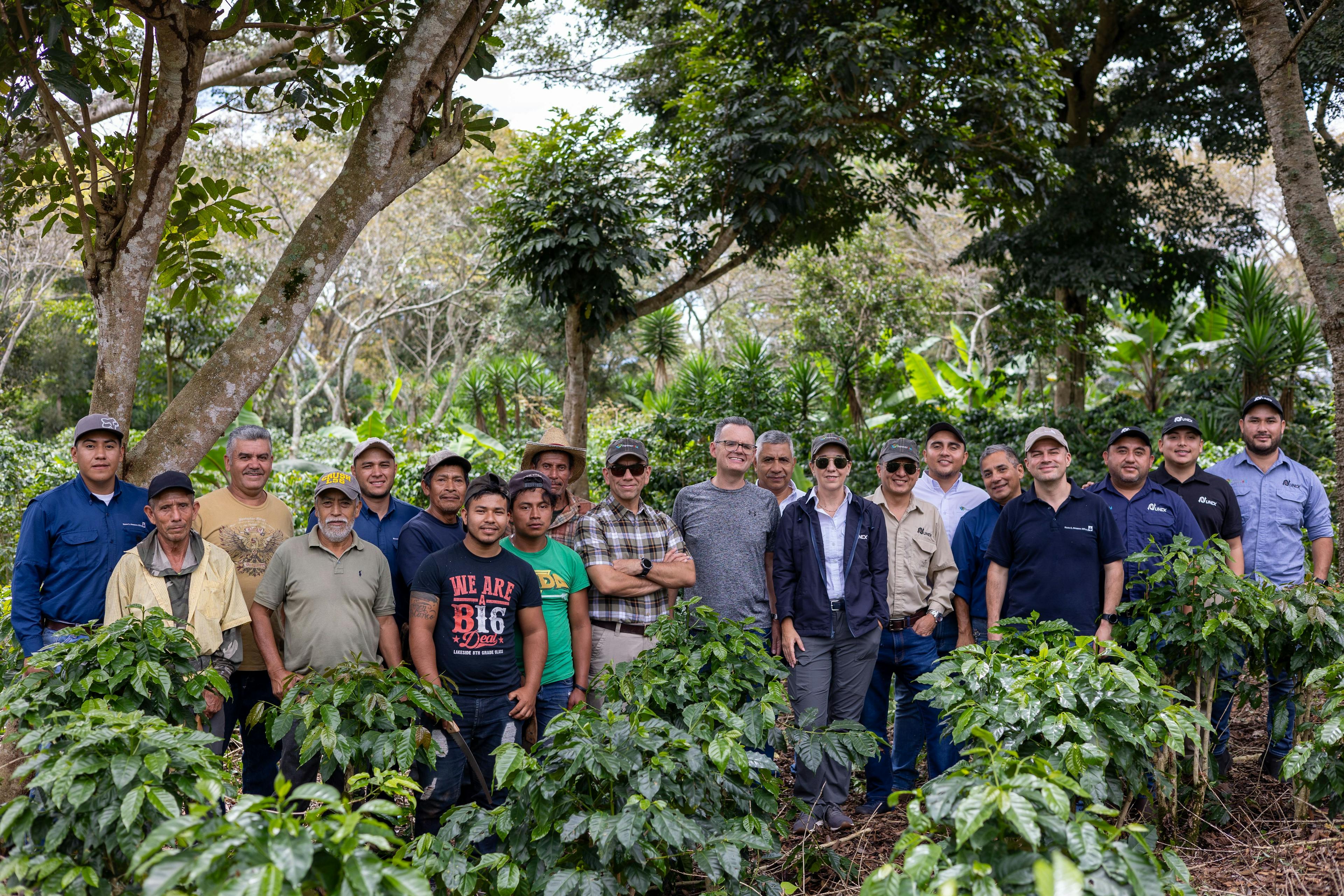
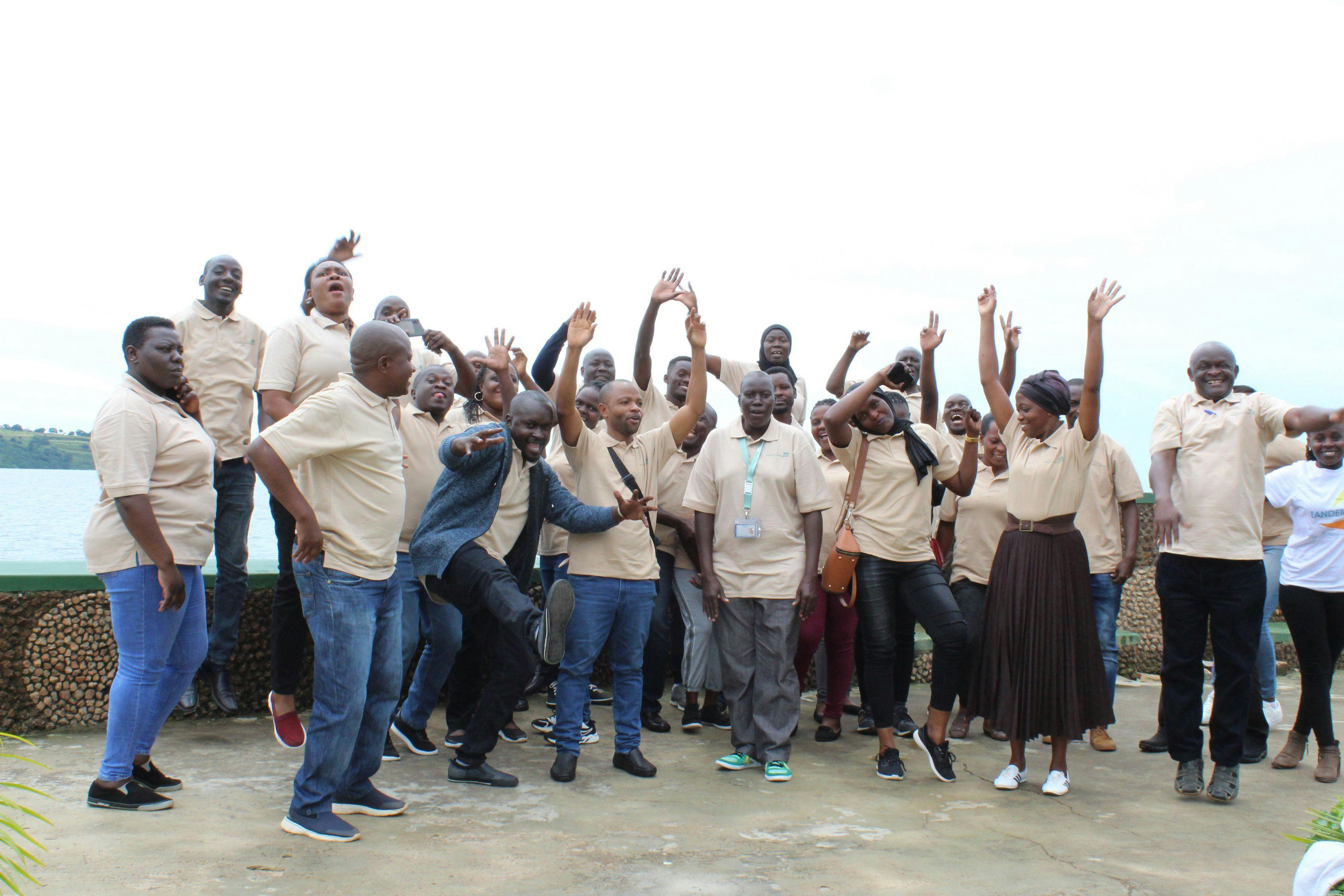
Improved Level of Education
Michael Opitz added another aspect on localization that seems to be overlooked quite often: Local knowhow is getting solider nowadays because there is a higher level of education especially among the young generation."I recently visited a project in Ethiopia,” Opitz recounts, “and we were really amazed at the speed with which the offers we made together with local partners were absorbed by the young people.” The project management quickly realised that some youth in the groups were even college graduates.
Vice versa the higher level of education enables young people to reflect on their own wishes and capabilities and work out how these can be seamed together with the chances and possibilities that a given project offers. And on the technical side a higher level of education allows young people to assess the knowledge that is already available. What, for example, might be interesting about traditional production systems with regard to today's ecological challenges? Last not least the enhanced level of education allows young people to reflect on frameworks that are favourable for development. "That's where issues like governance come into play,” Opitz emphasises. "Advocacy plays a strong role here. People can articulate themselves better, can specify their needs better. And yes, there is also a demand for more transparency. All these are elements that are conducive to localization.”
Last not least localization of the project structure itself is crucial from the setup onwards. Local knowledge has to be integrated timely, to align the possibly diverging interests of donors and locals. Even before the project starts, time should be invested in getting to know each other, building trust, communication and governance structures and establishing roles. This ought to be complemented by setting clear and common goals together so that everybody is on board and knows where the journey is heading to. Local staff in locally placed bureaus helps guaranteeing ownership during implementation and eases building a reliable monitoring and evaluation system. In this context Basemera emphasized that creating vertical structures from the field all the way to the donors was a compulsory precondition in order to enable mutual understanding and respect.
Joanne Sonenshine sums it up: “Localization is about power and resources – about shifting power and shifting resources. It’s about reallocation of resources. The saviour complex must be removed.” She requests all those in the position of power to rethink how they engage with communities in the global south. “It’s a joint exercise of understanding what is possible, in partnership, the communities together with all these potential support mechanisms: governments, funders, businesses. It’s about building relationships and listening and hearing,” she concludes.
